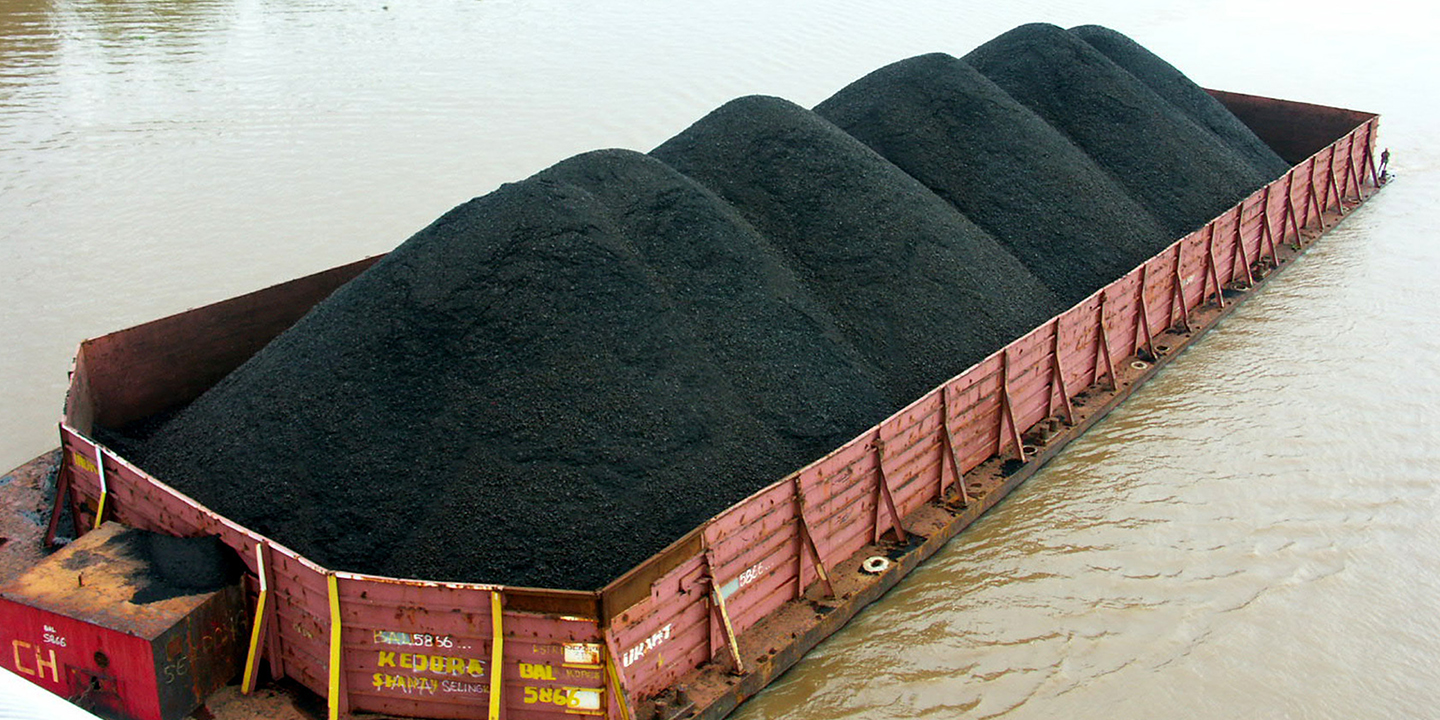Indonesian coal characterization in supporting its beneficiation as syngas source
Agus Haris Widayat, Komang Anggayana, Mirza Dian Rifaldi
E-mail: haris@mining.itb.ac.id
EXTENDED ABSTRACT
Coal is usually benefited for its calorific value, either conventional direct burning or unconventional beneficiation such as gasification and liquefaction. Thermal characteristics are thus important in determining the most appropriate coal beneficiation. Specifically, in coal gasification, thermal characteristics are related to coal organic matter composition (maceral) which determine gasification reactivity. A study to characterize the organic matter composition with respect to gasification reactivity is therefore important. The aims of the current study are: 1) to determine the coal composition both for organic and inorganic constituents, and 2) to characterize thermal properties of the coal with respect to gasification reactivity.
Two coal samples were obtained from Muara Wahau coal field, East Kalimantan Province, Indonesia. The samples were then prepared for petrographical and chemical analyses. Proximate analysis exhibits that sample MW-1 contains relatively higher volatile matter content (57.9%, db) than sample MW-2 (51.3%, db). Inversely, the MW-1 sample has relatively lower fixed carbon content than MW-2 sample. Ultimate analysis reveals no significant difference of elemental composition. Petrographical analysis indicated that the coal samples have different maceral composition. MW-2 sample contains lower vitrinite (73.4%) and higher inertinite (18.4%) contents than the MW-1 sample (87.8% and 6.4%, respectively). MW-2 sample shows relatively abundant of sclerotinite and fusinite macerals. Mineral content and vitrinite reflectance (rank) based on this analysis exhibit no significant different.
Based on the analyses result, there are two factors which might implicate on a different gasification reactivity: volatile matter and maceral compositions. However, volatile matter is dependent on maceral composition in the present case. The higher vitrinite maceral abundance in MW-1 is thought to contribute to higher volatile matter during heating. This therefore lead to an interpretation that maceral composition difference of the two samples could be basic reason for a different reactivity of them. Thermogravimetric analysis result confirms the different coal reactivity of the two samples.

